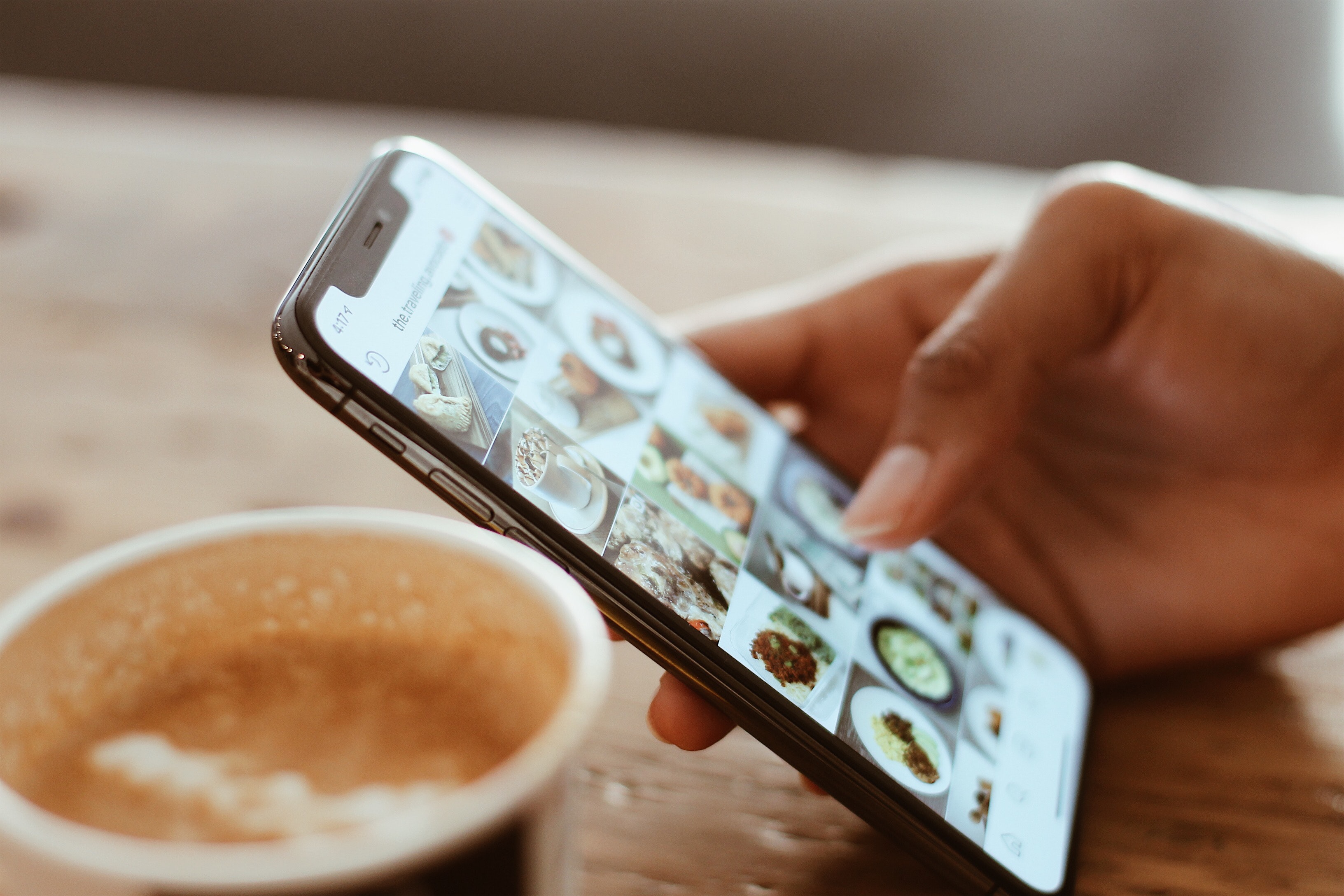Is Uber Eating Into Your Profits?

The Uber Eats effect: delivery can transform quick service businesses
The arrival of Uber Eats and its competitors is transforming many franchise systems, making home delivery an option for businesses for which it was previously out of reach. But it’s essential to choose the right partner and ensure this channel makes genuine commercial sense. Carlos Antonius, iced tea chain Chatime’s general manager, started looking at the opportunity Uber Eats and its contemporaries offer food and beverage businesses in its strategic planning process. Chatime was a winner in this year’s Topfranchise Awards compiled by 10 Thousand Feet Research. It placed six in the overall awards and was the second top franchise in the food and beverage category.
“There was some trepidation because our average sale is about $7.00. If you're buying $100 worth of food, then delivery fees are generally not a problem. But there were concerns whether consumers would pay an extra $5.00 or $6.00 for delivery for tea,” he says. To test the market, Chatime ran pilot tests across Sydney and Melbourne, with encouraging results. The tests showed consumers were prepared to pay for the convenience of delivery. “We ran trials in a couple of areas near universities and metropolitan areas. We found consumers want the convenience of delivery and are willing to pay for it,” he says.
The next step was to decide which delivery service to select. After reviewing the market, Antonius chose Uber Eats and Chatime is now rolling out a delivery service nationally. A key part of this process has been bringing the franchise business along the journey, given home delivery is a new sales channel for the business. “We're very cautious about not overloading our partners. We also needed to arrive at a suitable price to reflect the online transaction and delivery fee,” he adds. Antonius is also working towards full integration of Uber’s platform with Chatime’s point of sale systems. “We’re looking for full visibility of the customer experience and what happens to transaction times at the store level when a number of orders come in through Uber Eats at once.”
He sees Uber Eats as an adjunct to Chatime’s other sales channels, including its stores and the online app consumers use to select and pay for their order. “We need to provide consumers with a range of experiences and product experiences.” Antonius’ advice to franchises considering partnering with a delivery service is to run a trial first. “Look at the data and work with your network to ensure the arrangement makes commercial sense because there’s no point risking your profit margin.”
It’s a sentiment with which Ferguson Plarre Bakehouses agrees, having undertaken a thorough investigation into a potential food delivery strategy. The business was also a winner in this year’s Topfranchise Awards compiled by 10 Thousand Feet Research. It was the third-highest-placed franchise in the overall awards and was the number one café in the food and beverage category. “There are many reasons why a food retailer may choose to partner with services such as Uber Eats and Deliveroo. But at this point we have decided not to go down this path,” says Judd Sandwell, chief retail officer for Ferguson Plarre Bakehouses.
Sandwell acknowledges food delivery opens doors such as new marketing channels and an expanded customer base – but that comes at a cost. “High, inflexible fees and limited menus may not give customers the best impression of the brand. Another challenge is food quality and who is responsible should an item be delivered that doesn’t meet the customer’s expectations. “We pride ourselves on top quality, handmade, fresh products. The best way to ensure customers get what they pay for is to personally hand the purchase over the counter with a smile and a heartfelt thank you,” he explains.
While Ferguson Plarre Bakehouses has decided not to pursue the food delivery path for now, down the track it may make sense for the business. “Some franchisees already offer to deliver a catering order or a custom celebration cake to a customer. In doing that, they are able to ensure the customer receives a quality product and the high level of old fashion service they have come to expect from one of our 75 stores,” says Sandwell. When it comes to delivery, the right choice will depend on the franchise, its business model and whether this avenue supports its brand proposition. The idea is to undertake a strategic review of the opportunity, test the market and be prepared to tweak the strategy to ensure it continues to support the business’s long-term goals.
- Business for sale - your guide (56)
- Advertisers (2)
- Business Intelligence (2)
- Media (60)

